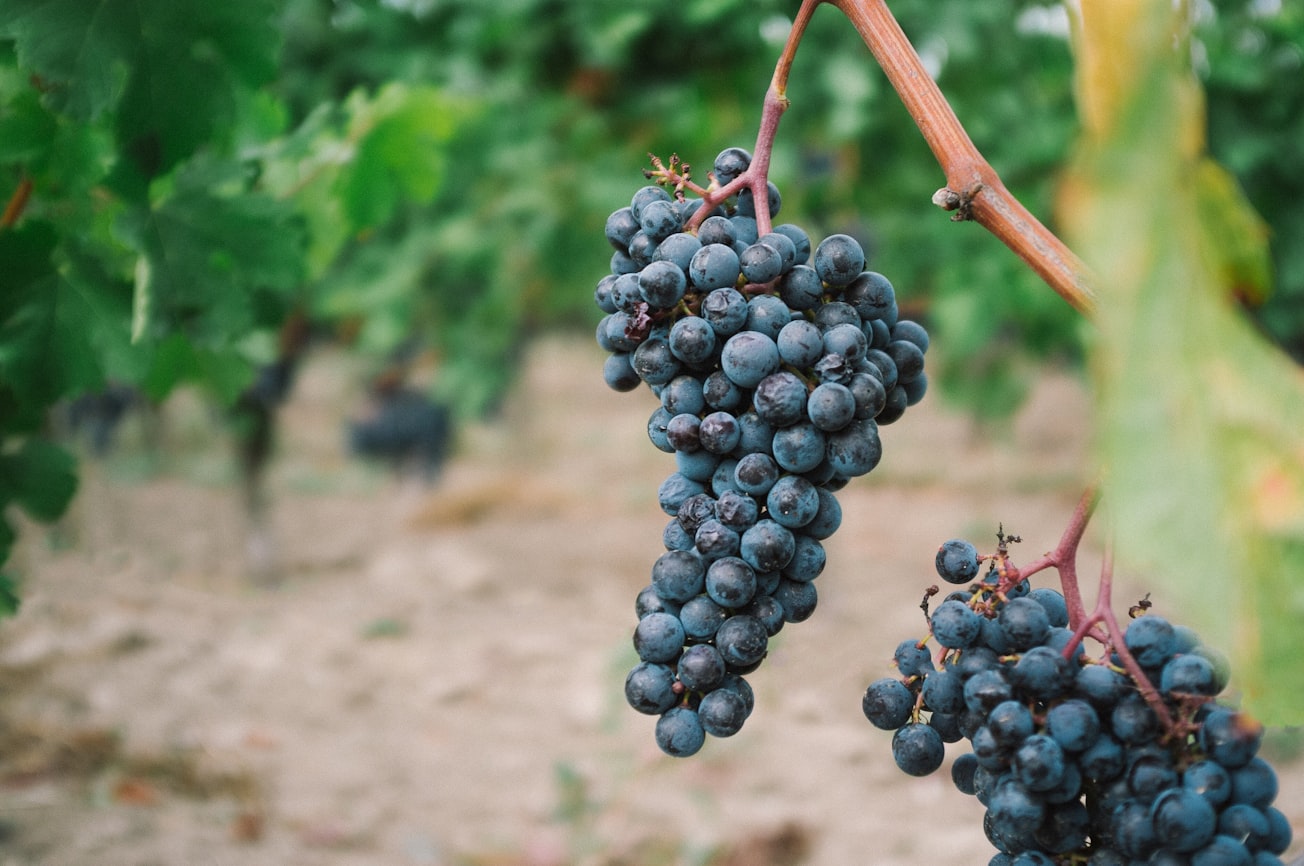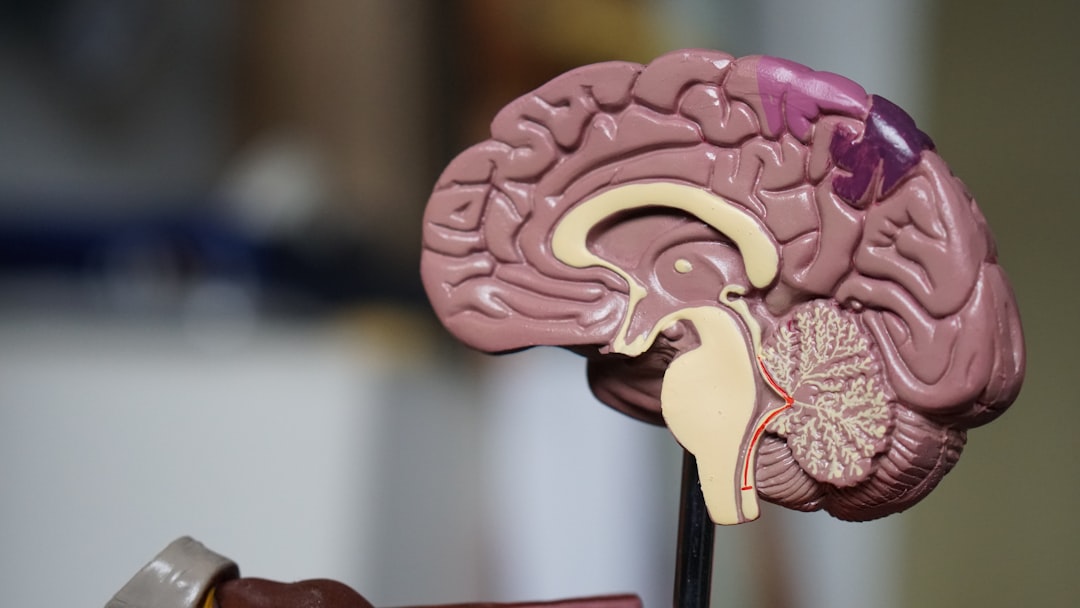What is it about?
The human taste sensory system evolved to respond to sugars, as well as other macro- and micro-nutrients in addition to toxins. We provide evidence that the sugar taste system in humans includes both the T1R2-T1R3 taste receptors, as well as the sodium-glucose co-transporter (SGLT), which is a component of the glucose metabolic signaling pathway. This observation indicates that the human sugar taste system has signaling components that parallel those of the pancreatic beta islet cells that release insulin into blood when plasma-glucose increases.
Featured Image

Photo by Howard Bouchevereau on Unsplash
Why is it important?
It is unclear why sugar detection cells around the body have the dual detection mechanisms of T1R taste receptors and metabolic signaling pathway components. But these two sugar signaling systems are likely complementary and serve somewhat different roles. At present, we do not know their respective roles for human taste, but in rodent experiments, the metabolic signaling pathway in taste tissue causes pre-absorptive insulin to be released in anticipation of ingested and absorbed carbohydrates. Metabolic pathway signaling might also participate in food reward and influence liking and/or wanting of foods both while ingesting and when seeking meals in the future.
Perspectives
I am curious why we need two different pathways to signal the presence of sugar in the same cells. From our current understanding, one would suffice. From the perspective of the pancreas, it is important to know both the absolute plasma sugar concentration and when plasma glucose levels increase and decrease. In other sensory systems, such as somatosensation, it is difficult for one receptor type to do both tasks well, and so multiple receptors participate in these functions. Could the same be true of the pancreas? And what are the implications of their dual presence in taste, gut, liver, fat cells (adipocytes)? These same sugar signaling systems appear to participate in the detection, appreciation, and ingestion of foods, their absorption in the blood, their handling and regulation once absorbed, and their storage in liver and fat tissues.
Paul Breslin
Rutgers The State University of New Jersey
Read the Original
This page is a summary of: Evidence that human oral glucose detection involves a sweet taste pathway and a glucose transporter pathway, PLoS ONE, October 2021, PLOS,
DOI: 10.1371/journal.pone.0256989.
You can read the full text:
Contributors
The following have contributed to this page










